The One Tool No Pheasant Farmer Should Do Without
You might wonder how we remember what we did last year that worked so well in the brooder barn or how to best take care of the Winter White Pheasant or the Hungarian Partridge. We keep track of details in our employee manuals. These topics and just about every other process on our farm is described in these manuals and updated by managers, a minimum of once a year, during our slower winter season. Manuals serve several purposes:
- To serve as an introduction for new employees: Many of our employees have a long history of working at MacFarlane Pheasant, but when a new employee is hired we do everything we can to provide them with quality information about the department where they will be working. The employee manual is an excellent source.
- To jog our memories: Sometimes we make a decision at the beginning of a season to make a change that benefits the health of our birds. When we add that information to our manuals it helps us remember the changes we that made our last year so successful!
- To enable other managers to have access to how each division works: All of our managers are aware that what happens in one part of the farm affects every other part of the farm. Healthy chicks make healthy mature pheasants. Successes or problems are important to all of us.
- To ensure information is available when we’re looking for solutions to a problem: By keeping track of each area of the farm, we can sort out a problem by looking back to see if we followed protocol in all areas.
- To ensure consistency in our practices: Consistency in pheasant rearing works just like consistency in every other part of life—it leads to success.
But manuals don’t tell the whole story. Our daily observations in each area of operation are the key to the success of our business. Conditions on the farm, such as weather, poorly performing equipment, even issues with feed, must be monitored daily. When an employee enters the barn they make several observations:
- They listen for the sounds that indicate the health of our birds just as you listen for sounds that might indicate a problem in your own home.
- They look to see how birds are distributed. Are they huddled together because they are too cold or perhaps looking distressed because they are too warm?
- They assess the food. Does there appear to be too much food left because birds are not eating properly?
- They make sure the water systems are working properly.
These are the types of daily concerns that can’t be identified by a manual. They can only be discovered by the watchful eyes and ears of employees.
Our manuals are like keeping a journal of how each part of our farm works and the changes we make over the years to improve our pheasant operation. They tell a story. They keep us on track. Consider keeping a manual/journal of your own pheasant experiences so that every time you raise chicks or buy mature pheasants you will remember the details for caring for them.
Related Posts
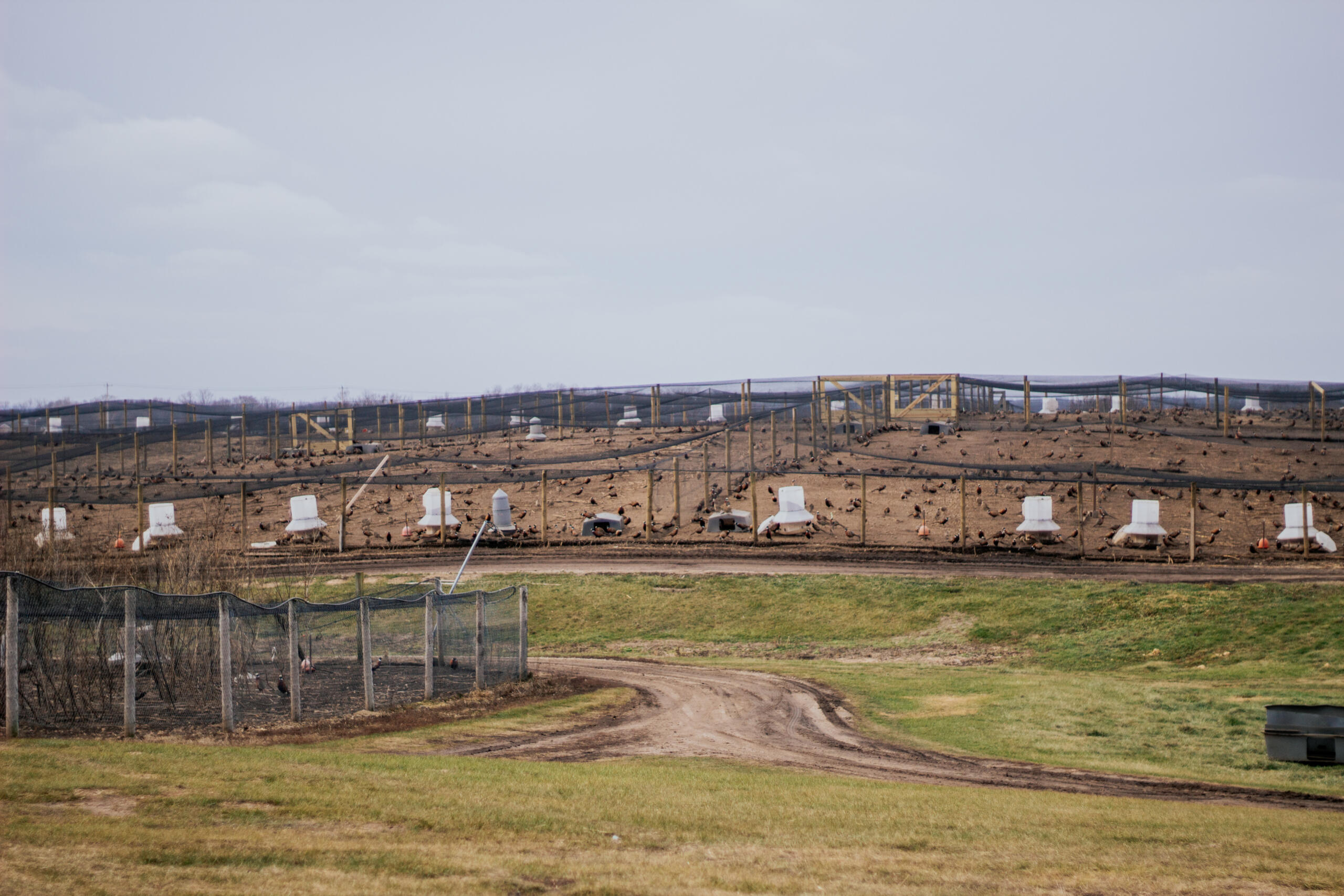
Preparing Our Barns & Pens Each Spring
Read Post
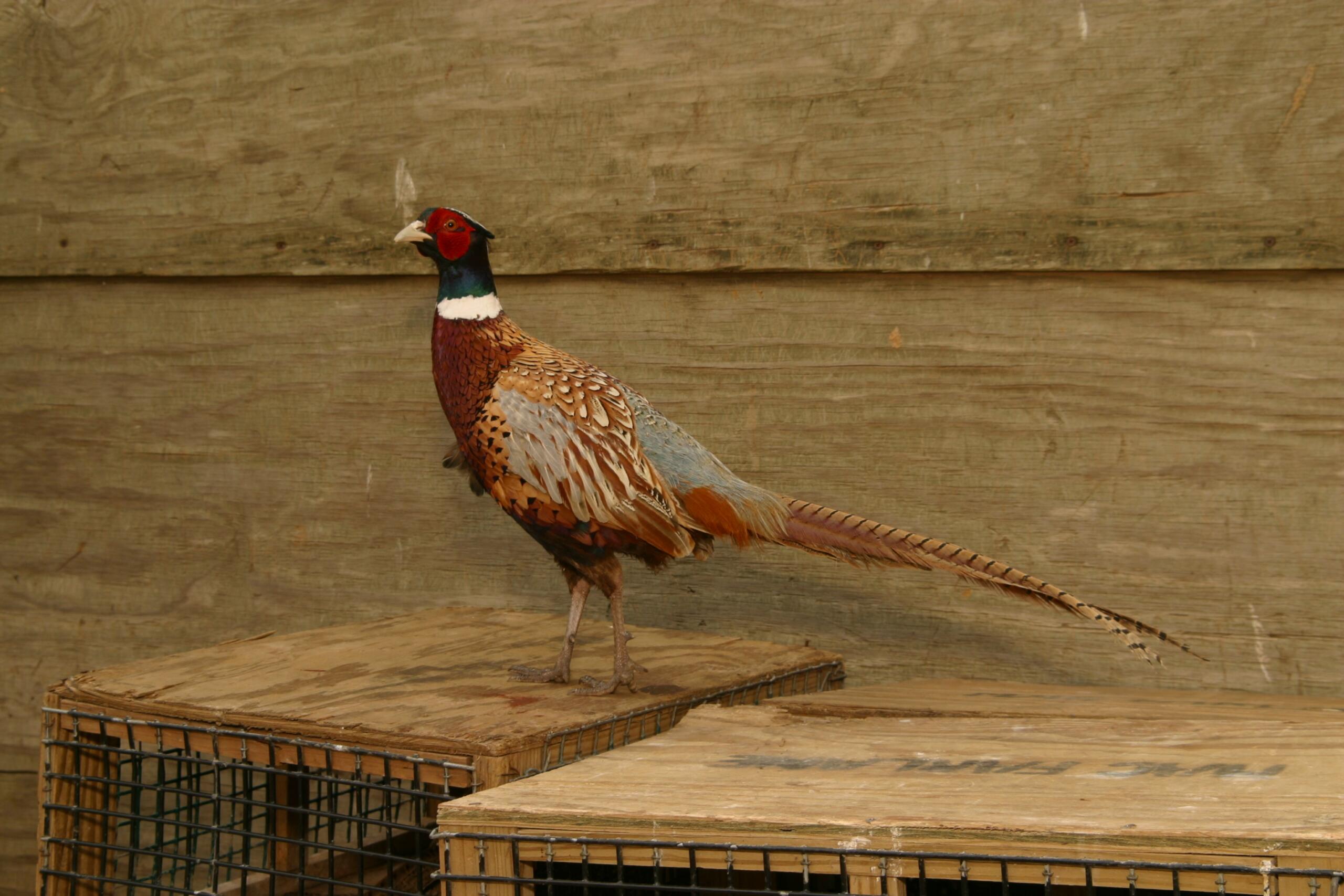
DuPont Financial Analysis Model
Read Post
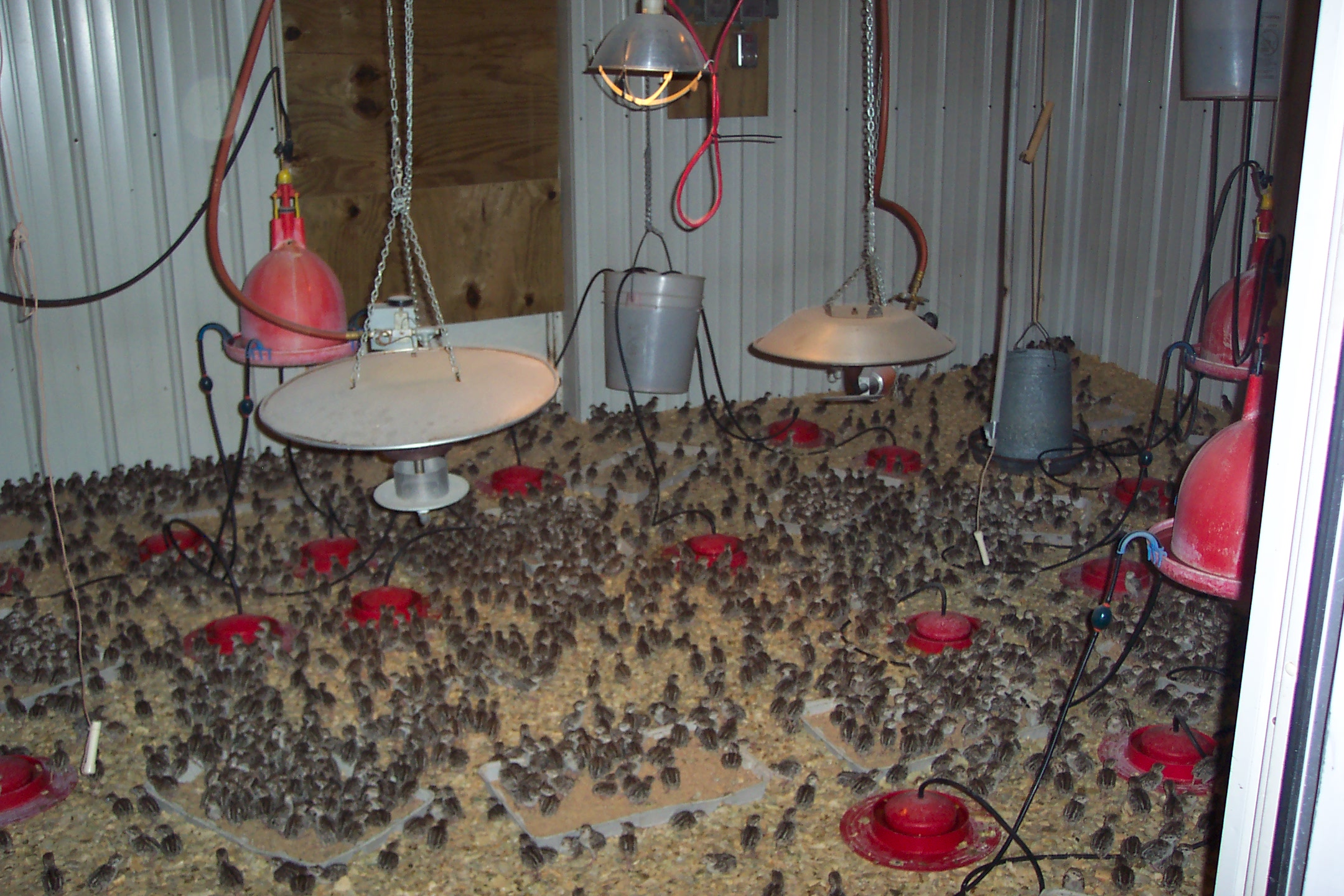
How We Prepare For Brooding Our Chicks
Read Post
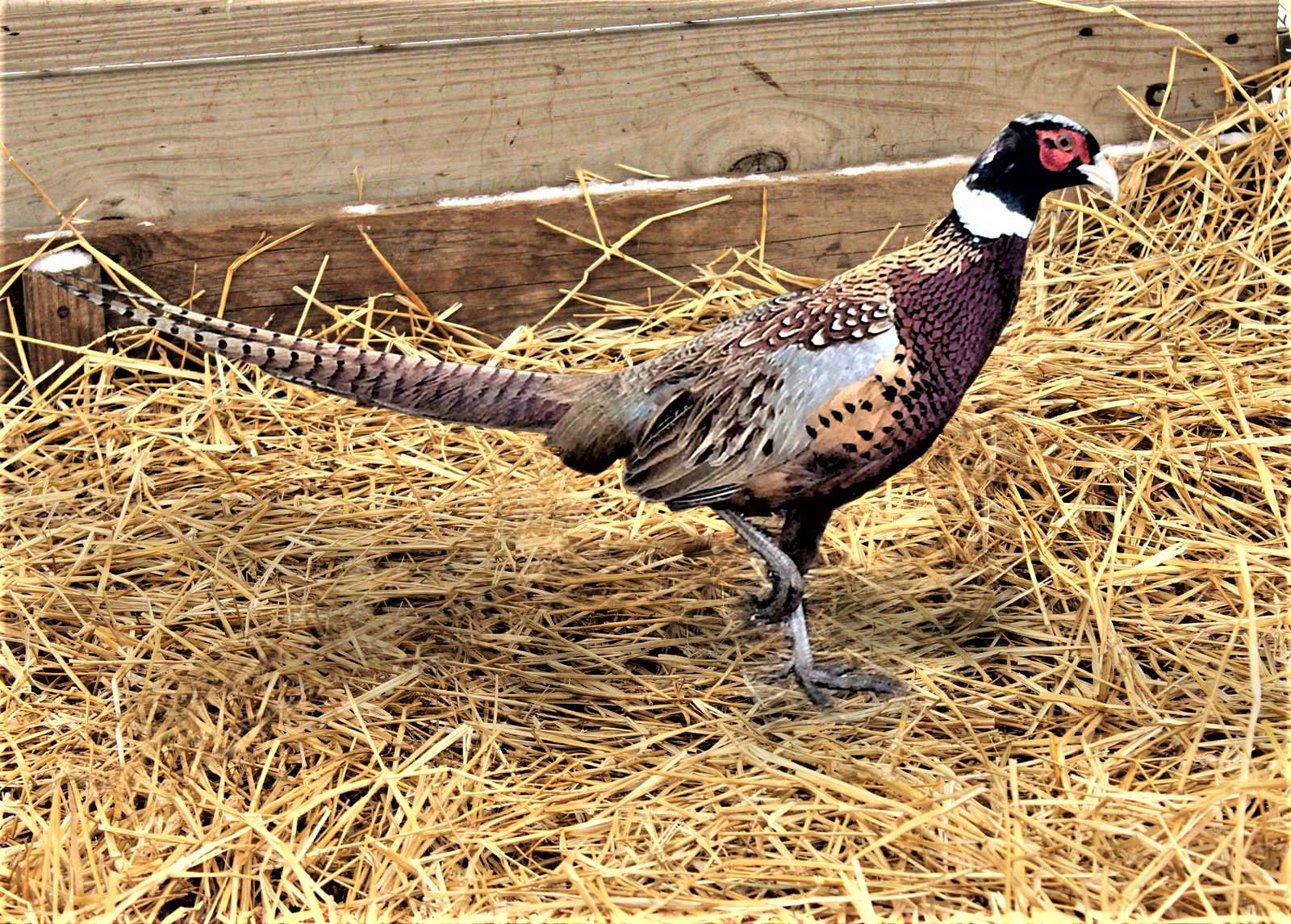
Our Milton Farm in 2024!
Read Post

10 Ways To Get the Most Out Of Brooder Barns
Read Post
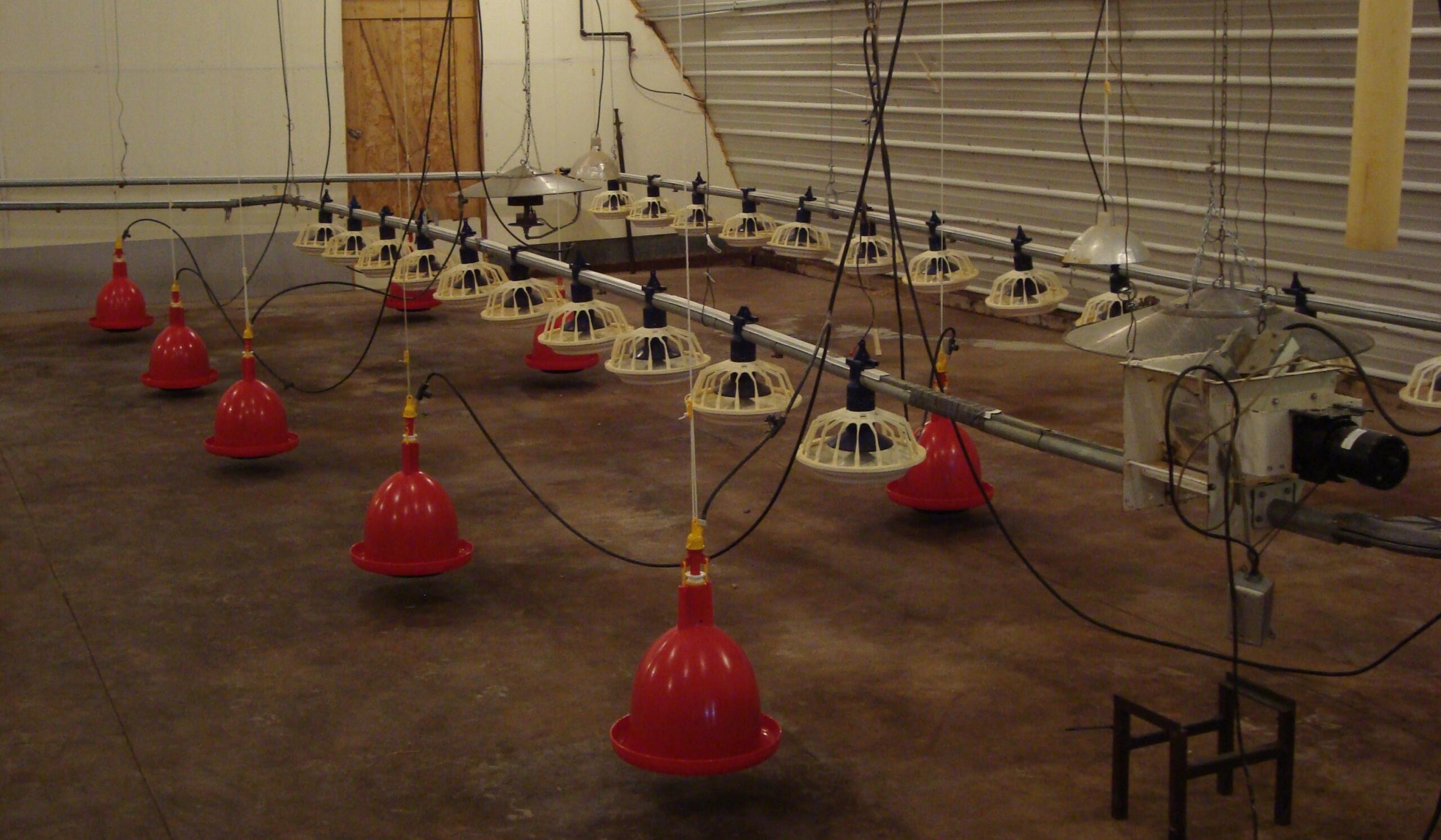
6 Feed and Water Procedures to Keep MacFarlane Pheasants Healthy
Read Post

Advice on what protein % feed to use for your pheasants.
Read Post
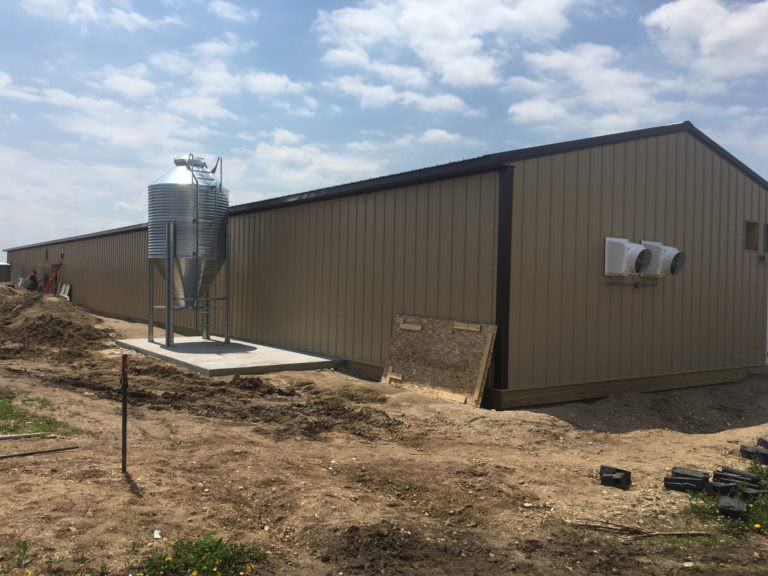
Air Flow in Barns
Read Post
Take Advantage of These Free Resources
As the biggest game bird farm in the United States, we want to share our experience with you. Download our free resources below and get started.




